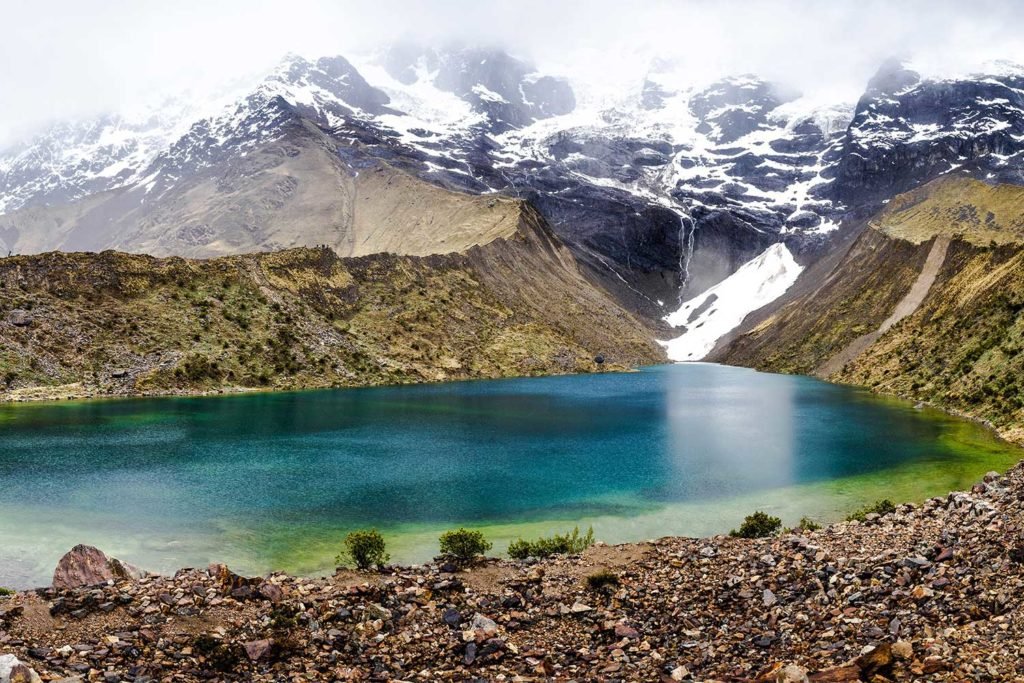The Inca Empire, known as Tahuantinsuyo, was an astounding civilization that marked a before and after in the history of South America. Emerging in the Andes, it reached its peak in the 15th century and left a legacy that continues to fascinate the world. This article explores how the Incas transformed the region with their ingenuity, monumental architecture, and traditions, many of which still endure.
What Was the Inca Empire?
The Inca Empire emerged in Cusco, a mountainous region of present-day Peru. This city became the administrative, political, and religious capital of the empire. From there, territorial expansion began, covering vast regions of South America. Cusco, in addition to being the seat of power, housed the Coricancha or Temple of the Sun, a sacred place where the Incas worshiped their main god, Inti. The Inca expansion was consolidated through a combination of political alliances, military conquests, and diplomatic strategies.
Why Is the Inca Empire So Important?

Monumental Architecture and Social Organization
The architectural legacy of the Incas is globally recognized. Structures like Machu Picchu, Sacsayhuamán, and Ollantaytambo demonstrate the perfection with which they designed their buildings. These works were not only aesthetically impressive but also functional. The construction techniques they used allowed their buildings to withstand earthquakes and harsh weather conditions.
The social organization of the Inca Empire was equally remarkable. They established a resource redistribution system that ensured everyone had access to food and essential goods. Furthermore, the Incas maximized the resources of the Andes through innovative agricultural terraces. These terraces allowed farming on mountainous and challenging land.
The Heart of the Inca Empire: Machu Picchu

A Modern Wonder of the World
Machu Picchu, built during the reign of Pachacútec, is the most iconic symbol of Inca heritage. This citadel, located high in the mountains, was designed to blend harmoniously with the surrounding nature. While its exact function remains a mystery, it is believed to have been a spiritual retreat or an administrative center.
What Makes Machu Picchu Unique?
- The Temple of the Sun: A structure designed to align with important astronomical events.
- The Agricultural Terraces: These structures are an example of the Incas’ ability to cultivate on extreme terrain.
- The Main Plaza: A central space where ceremonies and meetings were held.
Exploring Cusco and the Sacred Valley

Cusco: Political and Spiritual Center
Cusco was the heart of the Inca Empire, a city where religion, politics, and culture intertwined uniquely. Among the most notable sites is Sacsayhuamán, a fortress built with giant stones that fit perfectly without the use of mortar. Additionally, the Qorikancha, the main temple dedicated to the Sun god, was a symbol of Inca wealth and power.
The Sacred Valley of the Incas
The Sacred Valley, located near Cusco, was a vital agricultural center for the empire. Places like Ollantaytambo and Pisac stand out for their stunning landscapes and historical significance. These areas offer a glimpse into how the Incas integrated their spiritual beliefs with agricultural practices.
The Living Legacy of the Inca Empire
Although Tahuantinsuyo fell in 1533 with the arrival of Spanish conquerors, its legacy remains alive. In Andean communities, traditions like handwoven textiles and ceremonies dedicated to Pachamama can still be found. These practices have survived for centuries and are a testament to the ingenuity and cultural resilience of the Inca descendants.
The Quechua language, spoken by millions of people, is another example of how Inca heritage is still present. This language, official in countries like Peru and Bolivia, provides a direct connection to the Inca past.
Frequently Asked Questions

1. When did the Inca Empire exist?
The Inca Empire existed between the 13th and 16th centuries. Its peak was reached in the 15th century under the leadership of Emperor Pachacuti.
2. What territories did the Tahuantinsuyo cover?
The Tahuantinsuyo included much of what are now the territories of Peru, Ecuador, Bolivia, Chile, Argentina, and Colombia. It was the largest empire in pre-Columbian America.
3. What makes it unique compared to other civilizations?
The Incas stood out for their integration with nature, impressive architecture, and advanced social organization. Their road system, known as the Qhapaq Ñan, connected the entire empire.
4. What is the importance of Machu Picchu?
Machu Picchu is one of the greatest architectural wonders in the world. Its design, location, and purpose are a testament to the sophistication of the Inca civilization.
5. What Inca traditions are still alive today?
Handmade textiles, terrace farming practices, and ceremonies honoring Pachamama are traditions that have endured in Andean communities.
The Inca Empire not only marked a milestone in the history of South America but also left a legacy that remains alive in its monuments, traditions, and in the communities that continue to preserve its heritage. From Machu Picchu to Cusco and the Sacred Valley, exploring these places allows you to understand how this civilization achieved a harmonious connection with nature and how its influence continues to inspire the world today.

What are you waiting for to visit the Inca Citadel? Book today with Lorenzo Expeditions and plan your trip to explore the legacy of the Inca Empire!





